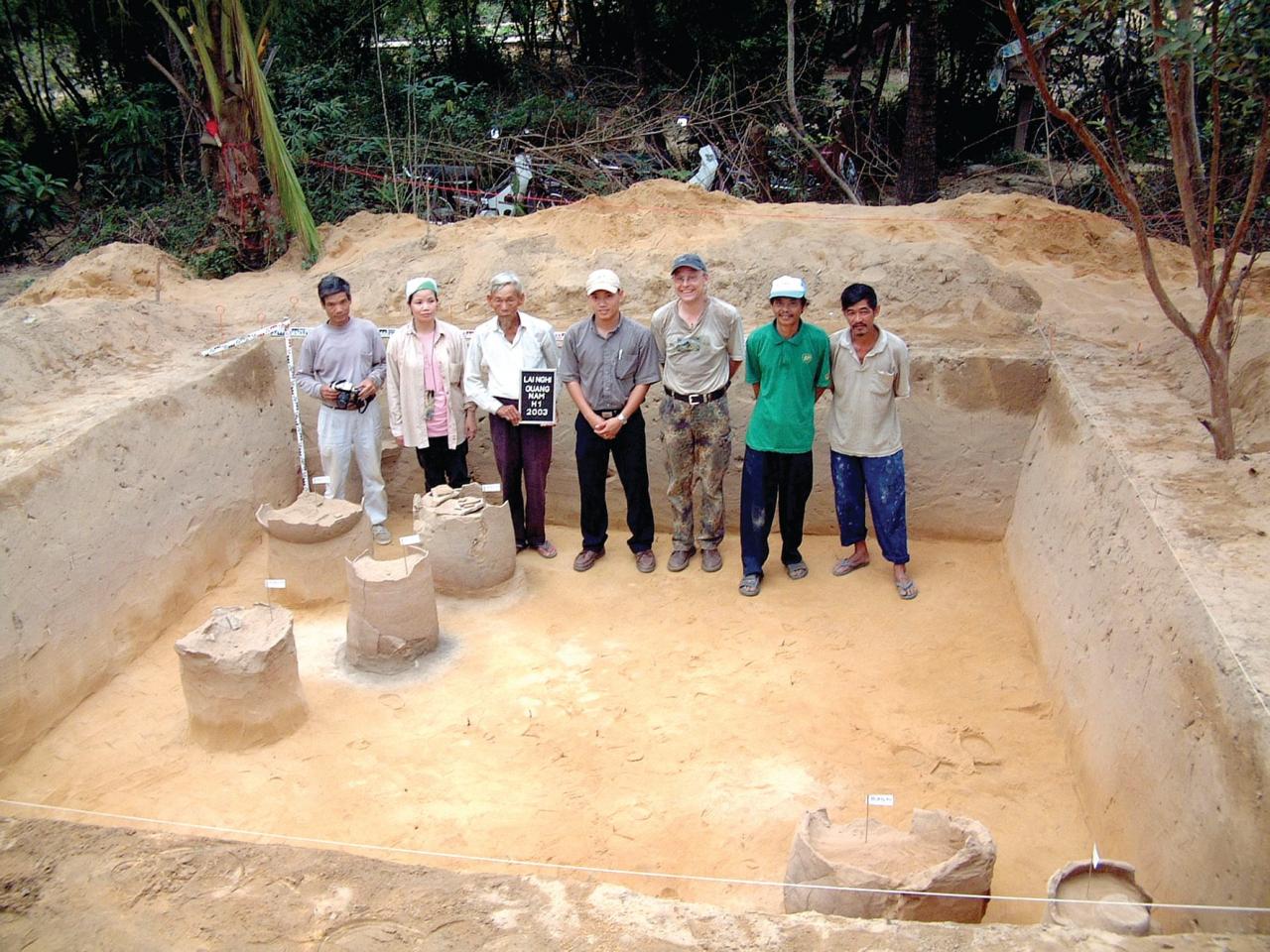
Since then, more than 100 sites with Sa Huynh cultural relics have been discovered, mainly distributed in the Thu Bon River basin. Of these, more than 50 sites have been excavated and explored. In particular, the Lai Nghi jar tomb (Dien Ban) immediately attracted great attention in the archaeological community after its discovery. Archaeologists determined that the owners of the Lai Nghi jar tomb were people of high status in Sa Huynh society at that time...
Conduct 3 large-scale excavations
Around 1995, in the garden of Mrs. Ha Thi Nuoi's house (Lai Nghi, Dien Nam commune, Dien Ban district, now Dien Nam Dong ward), local people discovered some heavily rusted iron objects and many pieces of pottery from jar tombs and burial pottery lying underground.
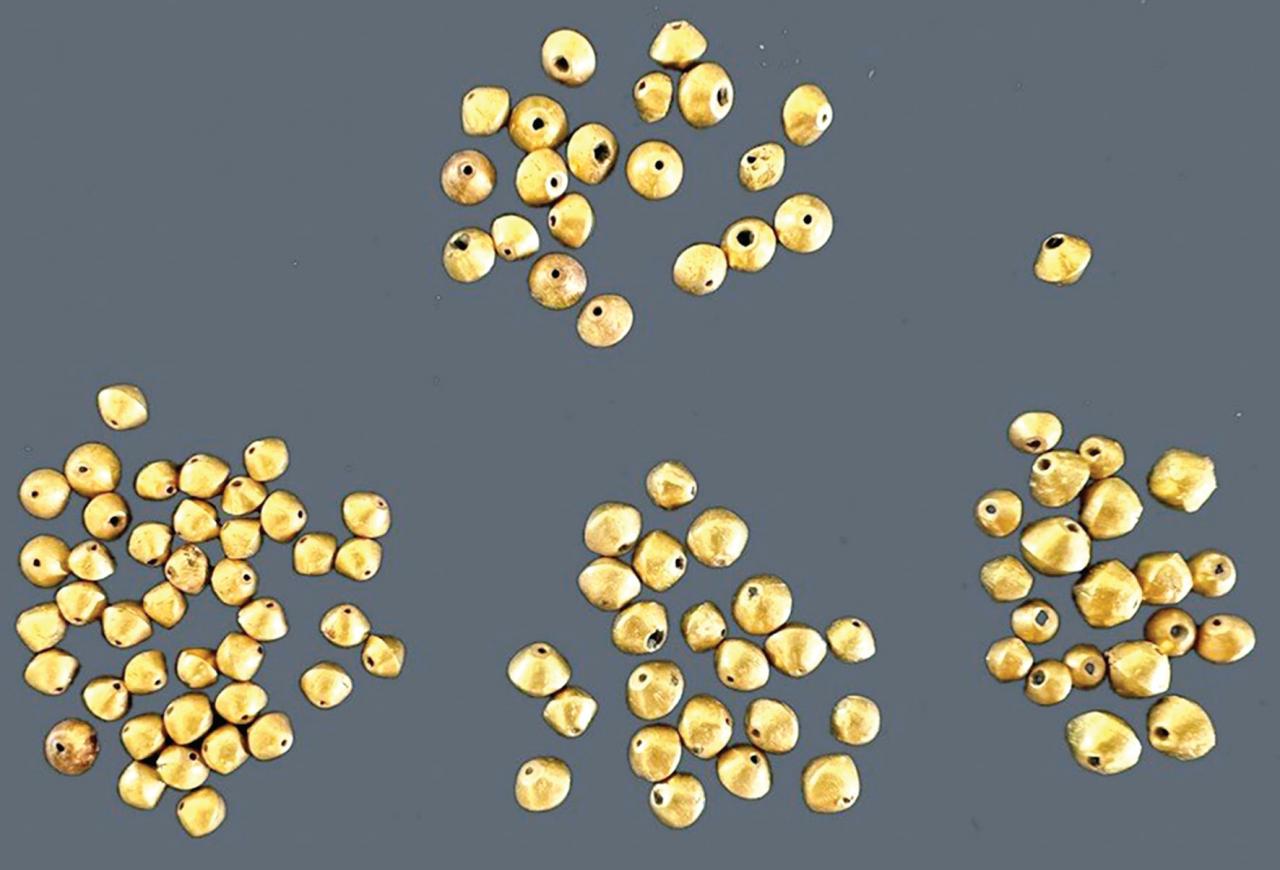
That little information was noticed by archaeologists. But for many reasons, it was not until more than 7 years later that the relic was studied and excavated on a large scale in 3 phases from 2002 to 2004.
Through 3 excavations, with an excavation area of only 192m2, archaeologists discovered 63 jar tombs and traces of 4 earthen tombs of the ancient Sa Huynh people. Along with that was a huge number of burial objects buried with them, including over 300 ceramic objects, 50 bronze artifacts, about 100 iron tools and weapons. Bronze artifacts such as mirrors, censer, teapot, basin, bowl...
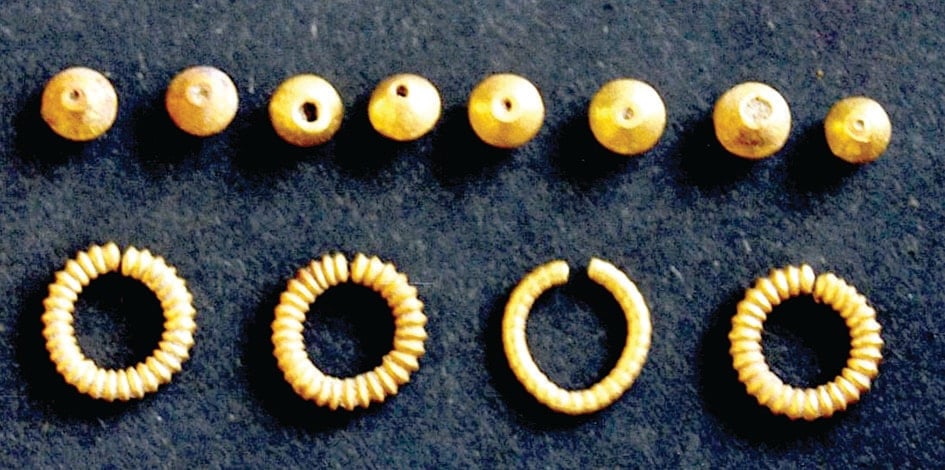
In particular, the jewelry discovered in Lai Nghi is very diverse and rich with many types and materials. From 3-point earrings, stone hoop earrings, 4 gold earrings, about 10 thousand glass beads, hundreds of agate beads, 122 gold and gold-plated glass beads...
It can be said that, up to now, no relic in the Sa Huynh cultural system has as many jewelry as the Lai Nghi jar tomb. Through the results of radiocarbon analysis (C14), archaeologists said that the Lai Nghi jar tomb dates back to 2070 years ± 70 years ago.
Unique, one-of-a-kind jewelry
After three excavations, two relics have left researchers extremely impressed. It is a pink agate bead carved with the image of a water bird - a familiar bird to the people of Southeast Asia. According to archaeologists, several similar artifacts have been found in Thailand and Indonesia.
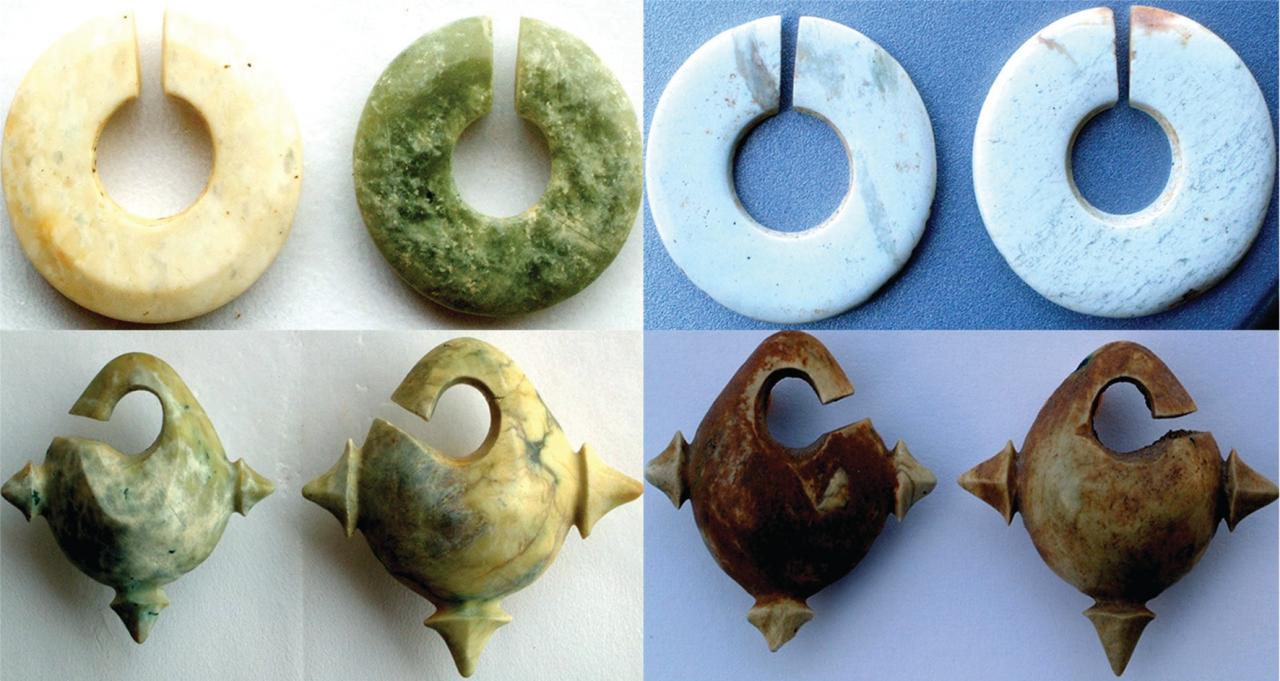
The second relic is a pink agate rosary carved in the shape of a tiger. Both relics have holes drilled for strings; it is noteworthy that despite the small size of the two rosaries, the animal figures are depicted very vividly.
Lai Nghi jar burial site is the first Sa Huynh culture burial site where agate animals were discovered. In particular, the agate artifact shaped like a water bird is the only specimen discovered in Vietnam.
Another unique type of jewelry discovered at the Lai Nghi jar tomb site is the four gold earrings. The application for recognition as a National Treasure describes that three of the four earrings are made of 99.8-99.9% gold.
According to Mr. Nguyen Chieu - Hanoi University of Social Sciences and Humanities - a member participating in all 3 excavations, the gold earrings were first discovered in the Sa Huynh culture. Besides these 4 gold earrings, the number of gold or gold-plated beads discovered at this site also surprised the excavation team and archaeologists.
This type of gold or gold-plated bead has the shape of two truncated cones facing each other, the middle of the body is connected to form a ridge, the two ends are flat and have holes running through the body. This type of bead can be made by the method of stamping the outer mold, punching holes inside to create a hollow bead. This type of bead is light but very sturdy and less likely to deform.
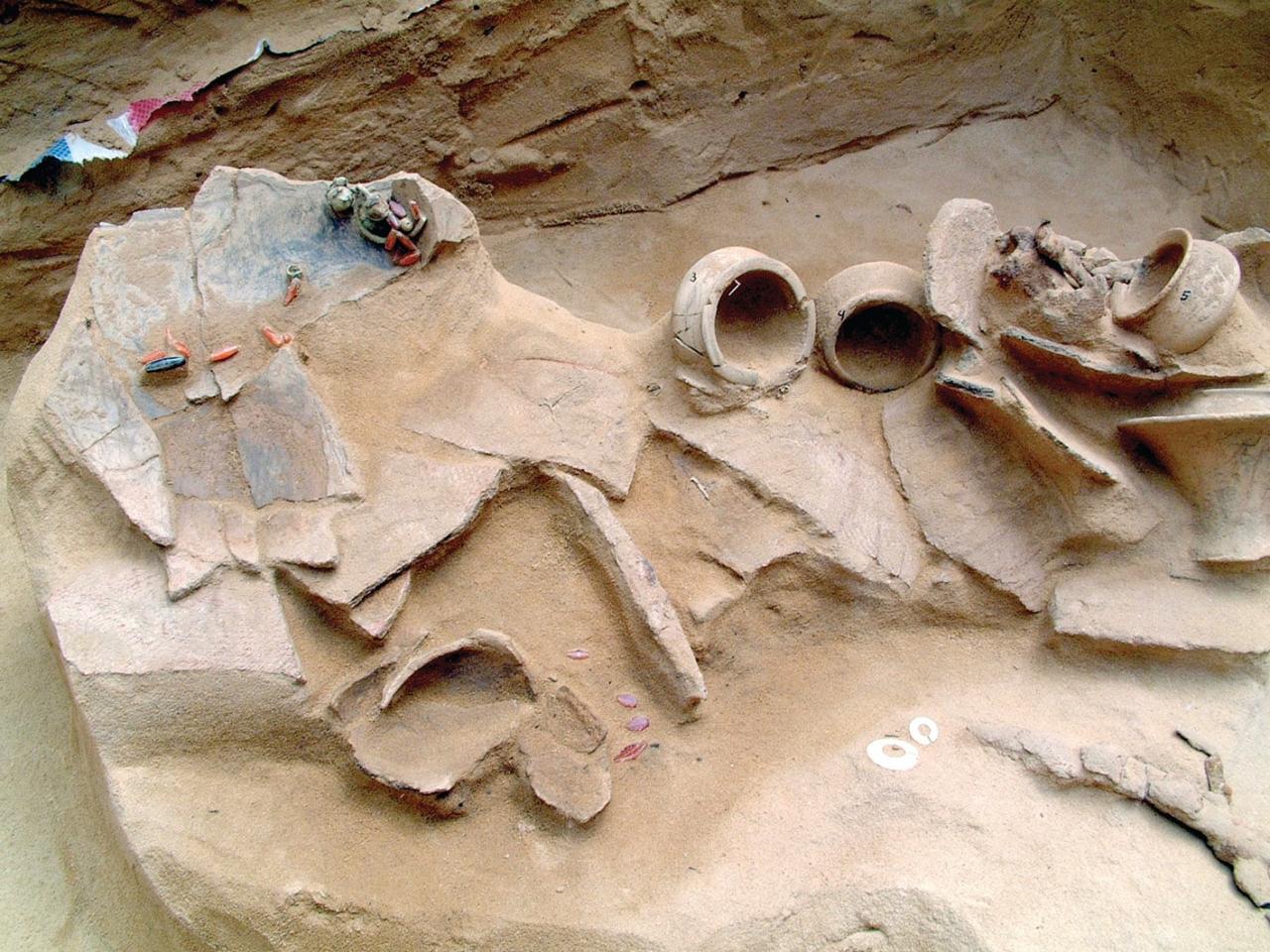
Dr. Andreas Renecker, who has participated in many excavations at sites in Vietnam, commented that Lai Nghi is the site with the largest number of gold beads discovered among the Sa Huynh sites discovered so far in Vietnam.
The diversity of types and sophistication of jewelry production techniques in Lai Nghi shows the creativity, aesthetic thinking, skills and level of the ancient Sa Huynh residents. This also shows the role of Sa Huynh culture in the regional and international trade network from the 3rd century BC to the mid-1st century AD.
Because of their uniqueness, originality and great value in terms of history, culture, science and aesthetics; and at the same time, they are rare artifacts in ancient civilizations in the region in general, the People's Committee of Quang Nam province has prepared a scientific dossier to submit to the Prime Minister for recognition as National Treasures for artifacts in the collection of gold jewelry and animal-shaped agate artifacts in the Lai Nghi burial site, currently kept at the Quang Nam Museum's artifact warehouse.
Source: https://baoquangnam.vn/doc-dao-bo-suu-tap-do-trang-suc-bo-suu-tap-do-trang-suc-3147417.html


![[Photo] Prime Minister Pham Minh Chinh chairs a special Government meeting on the arrangement of administrative units at all levels.](https://vphoto.vietnam.vn/thumb/1200x675/vietnam/resource/IMAGE/2025/5/9/6a22e6a997424870abfb39817bb9bb6c)


![[Photo] Magical moment of double five-colored clouds on Ba Den mountain on the day of the Buddha's relic procession](https://vphoto.vietnam.vn/thumb/1200x675/vietnam/resource/IMAGE/2025/5/9/7a710556965c413397f9e38ac9708d2f)
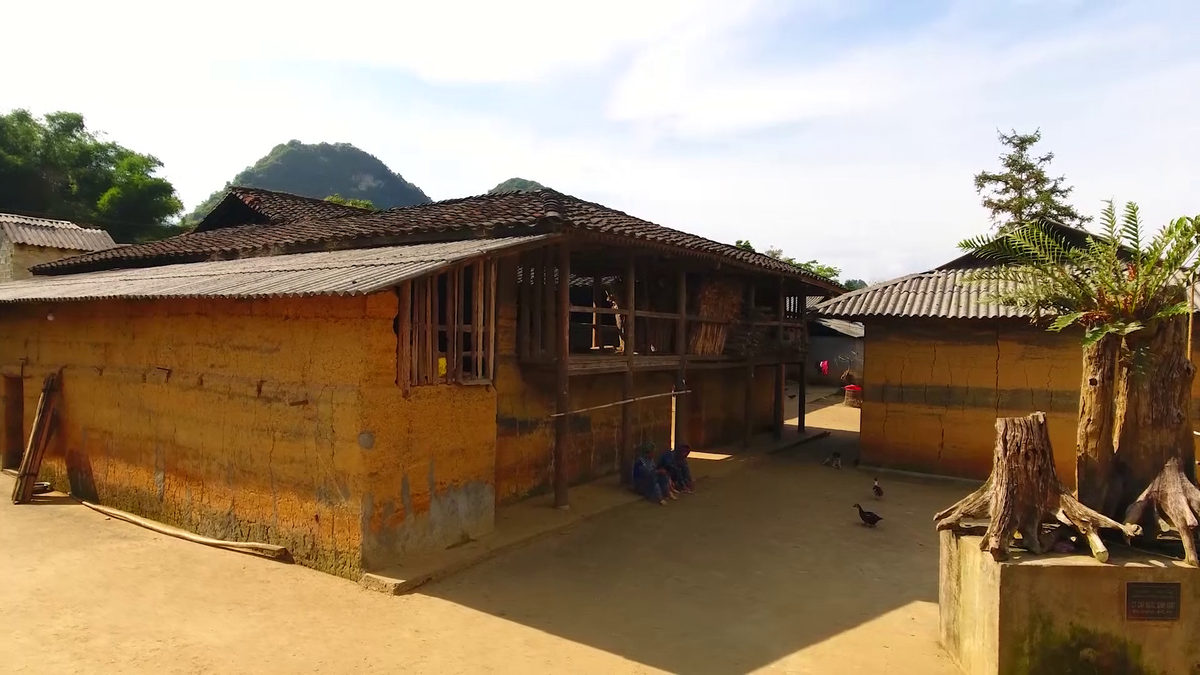







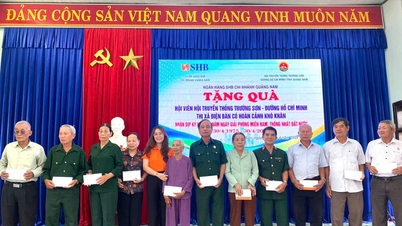





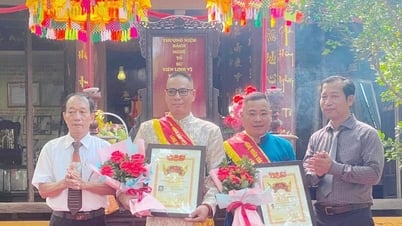
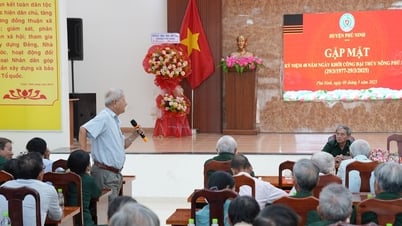
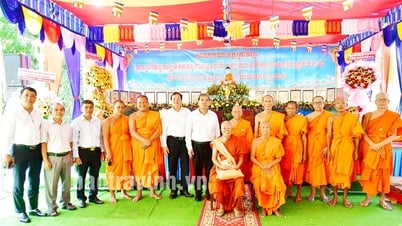





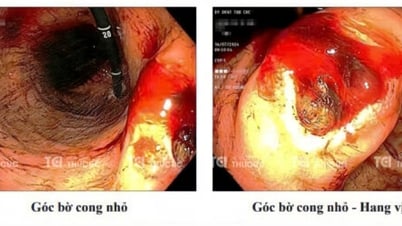


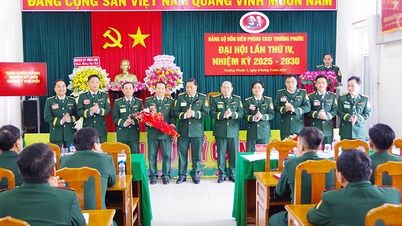


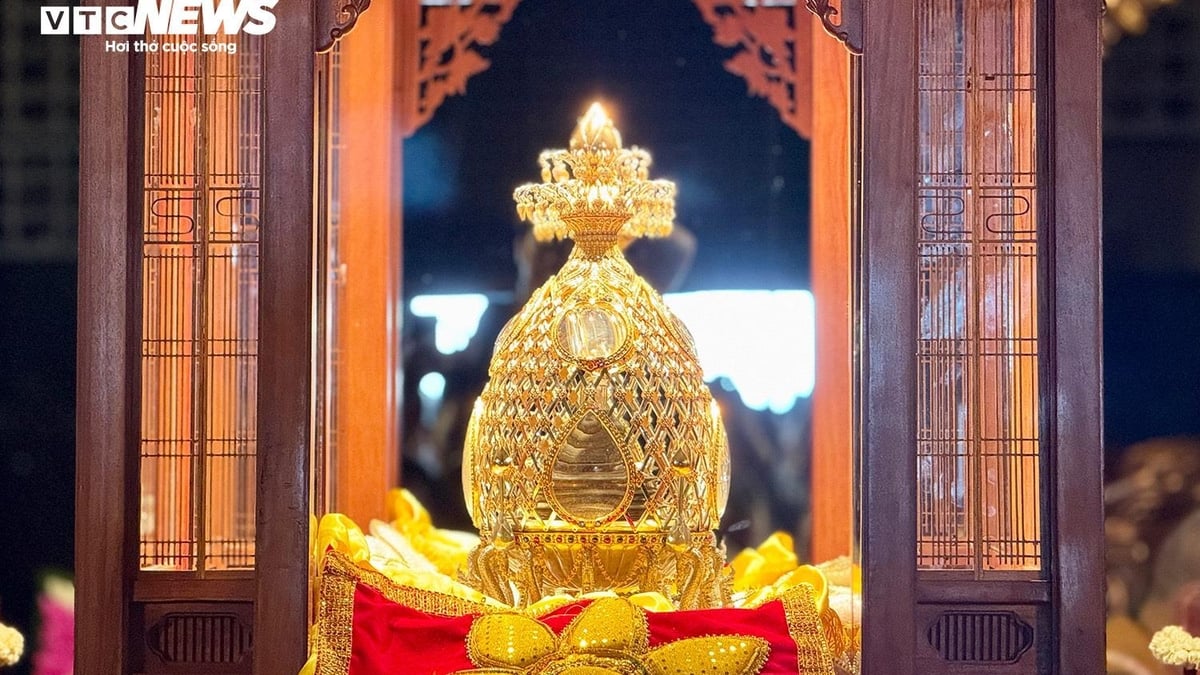
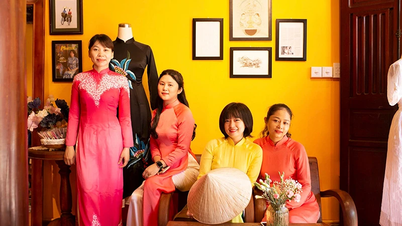

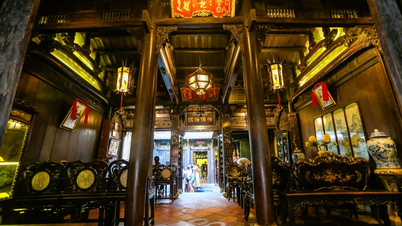

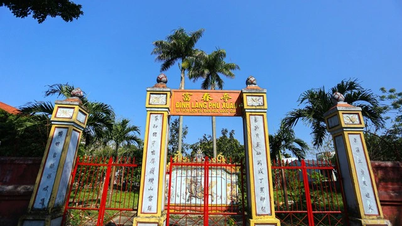



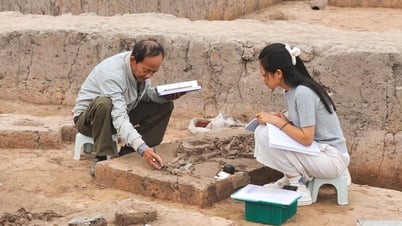






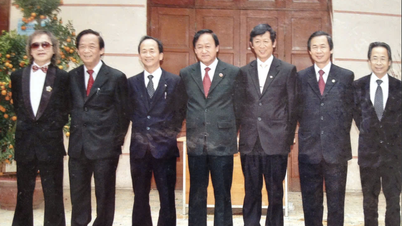


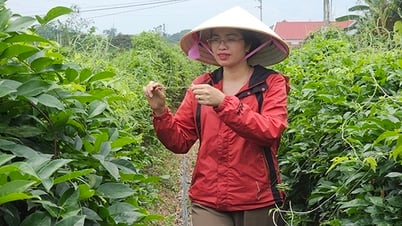



















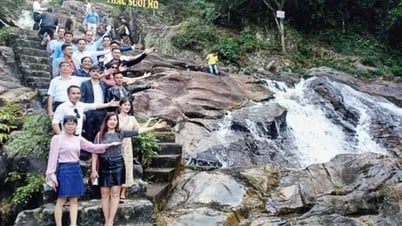

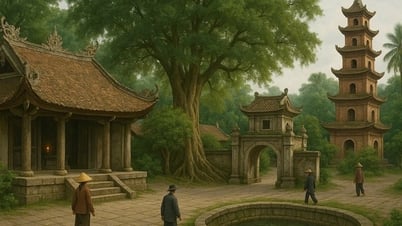


















Comment (0)